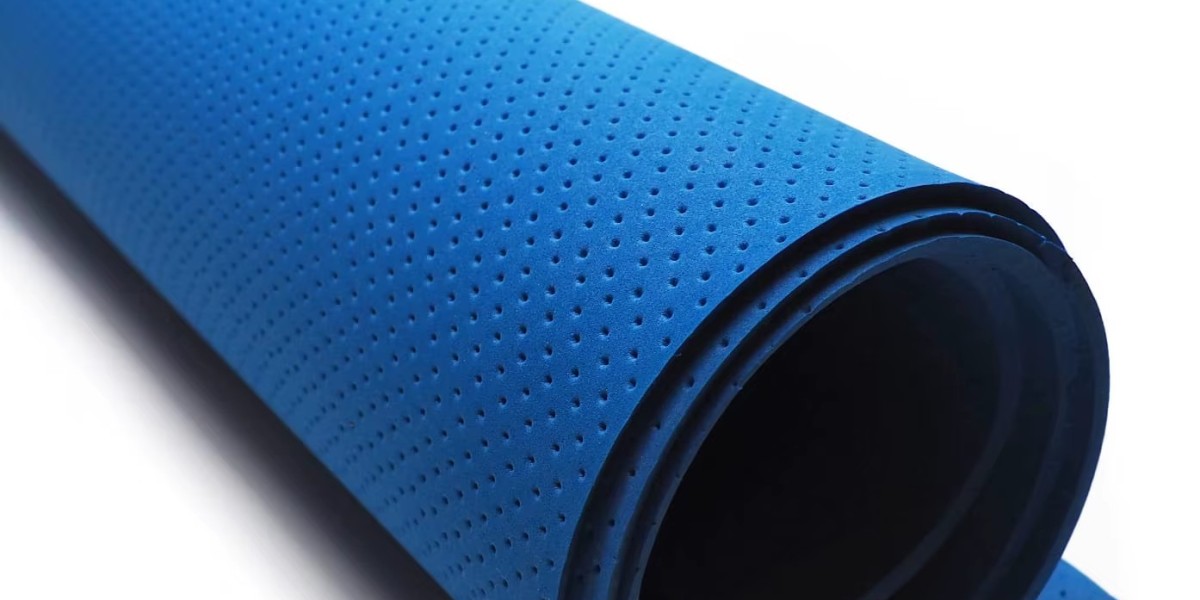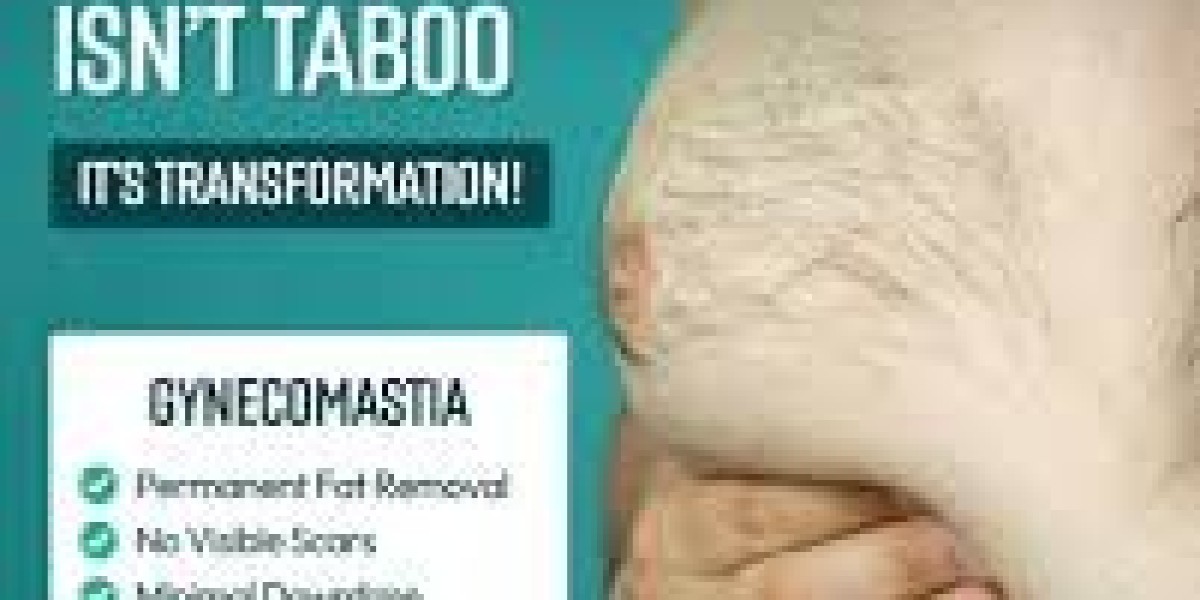EVA foam, or Ethylene-Vinyl Acetate foam, is a versatile material widely used in various industries due to its unique properties. This lightweight and flexible foam is known for its excellent shock absorption, making it ideal for applications ranging from footwear to sports equipment and packaging. Understanding what EVA foam is and its main components can help businesses make informed decisions when selecting materials for their products.
Composition of EVA Foam
EVA foam is primarily composed of two key components: ethylene and vinyl acetate. Ethylene is a colorless gas that is a building block for many plastics, while vinyl acetate is a chemical compound that adds flexibility and durability to the foam. The ratio of these two components can vary, which directly affects the foam’s properties, such as density, elasticity, and hardness. This versatility allows manufacturers to tailor EVA foam to meet specific requirements for different applications.
Properties and Advantages of EVA Foam
One of the standout features of EVA foam is its lightweight nature, which makes it easy to handle and transport. Additionally, EVA foam is resistant to UV radiation, moisture, and chemicals, enhancing its longevity in various environments. Its excellent cushioning properties provide superior shock absorption, making it a preferred choice for sports equipment, protective gear, and even children’s toys. The closed-cell structure of EVA foam also prevents water absorption, making it suitable for outdoor applications where moisture resistance is crucial.
Applications of EVA Foam
EVA foam is utilized in a wide range of applications across different sectors. In the footwear industry, EVA foam is commonly used for insoles and midsoles due to its comfort and shock-absorbing capabilities. In sports, it serves as padding in helmets and protective gear, ensuring safety without compromising mobility. Additionally, EVA foam is widely used in packaging solutions, providing cushioning and protection for fragile items during transport. Its adaptability makes it a go-to material for manufacturers looking to enhance product performance.
Environmental Considerations
As sustainability becomes increasingly important, many manufacturers are exploring eco-friendly alternatives to traditional materials. EVA foam can be recycled, and advancements in production methods are making it more environmentally friendly. By opting for recycled EVA foam, businesses can reduce their environmental impact while still benefiting from the material’s advantageous properties. This makes EVA foam not only a practical choice but also a responsible one for companies aiming to promote sustainability.
Conclusion
In summary, EVA foam is a remarkable material characterized by its lightweight, flexible, and durable nature. With its main components being ethylene and vinyl acetate, EVA foam offers a range of properties that make it suitable for various applications, from footwear to packaging. As industries continue to innovate, EVA foam remains a top choice for manufacturers seeking quality and performance. Understanding the benefits and applications of EVA foam can empower businesses to leverage this material effectively, enhancing their products while meeting consumer demands for quality and sustainability.








